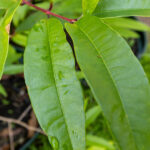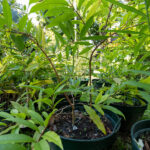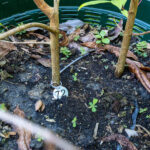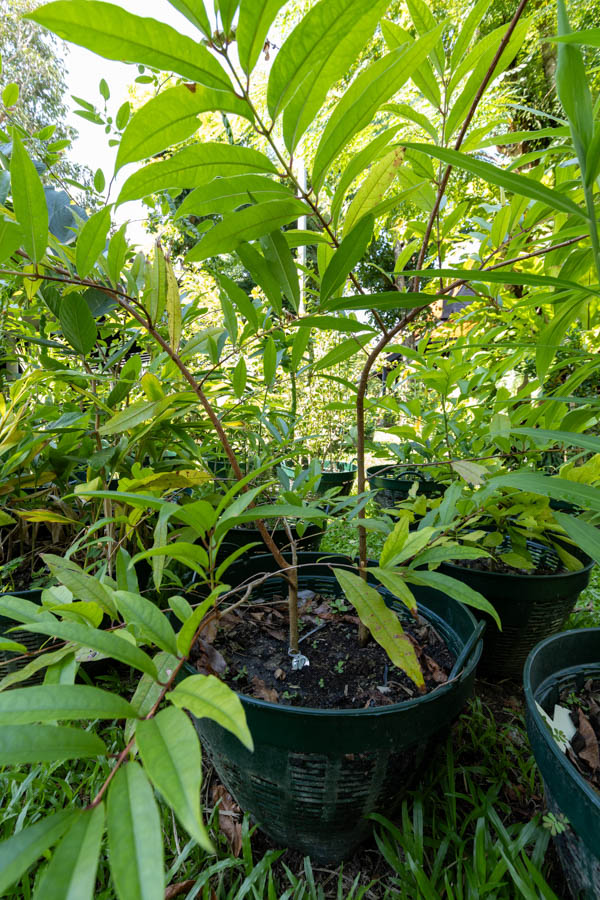ตีนเป็ด (Teen Ped) / Devil’s Tree
Family: Apocynaceae
Alstonia scholaris, known in Thai as ตีนเป็ด (Teen Ped), is a large evergreen tree valued in Thai herbal medicine. Its bark, latex, and leaves are used for treating fever, respiratory issues, and body fatigue. It also serves as a shade and ornamental tree throughout Thailand.
Botanical Characteristics
The tree can grow up to 20–30 meters tall, with rough gray bark and whorled leaves arranged in clusters of 5–8 around each node. Leaves are lanceolate, glossy green above and paler beneath. The plant produces small, fragrant white flowers and slender seed pods containing fine, silky seeds.
Use in Thai Traditional Medicine
The bark and latex are used in preparations to reduce fever, treat malaria, and relieve asthma and chronic cough. Decoctions from the bark are traditionally used as a general tonic to strengthen the body and aid recovery after illness. In folk practice, it is also believed to repel negative energy.
Medicinal Compounds
Contains alkaloids such as echitamine and scholaricine, known for their anti-inflammatory, antimalarial, and analgesic properties. Extracts of the bark and leaves show antimicrobial and antioxidant activity, supporting its traditional therapeutic uses.
Culinary and Nutritional Uses
Alstonia scholaris is not a culinary plant due to its bitter taste and latex content. It is primarily valued for medicinal and ecological purposes, contributing to forest biodiversity and air purification.
Cultivation Notes
The tree grows best in tropical climates with full sunlight and well-drained soil. It is hardy, fast-growing, and suitable for reforestation and landscaping. Young plants should be protected from strong winds until established.
Disclaimer: This information is provided for educational and historical purposes only. It is not intended as medical advice. Always consult a qualified healthcare professional before using any herbal preparation.




